In the years following World War II, the United States was steeped in “an age of anxiety,” says John Corbett, a guest curator at the Smart Museum of Art. “The threat of nuclear annihilation was ever present on people’s minds, and there was a question about the endurance of humanity.”
Out of that angst came the Monster Roster, a group of Midwestern artists who produced raw, grotesque, and tortured canvases. Many of the pieces depict deconstructed and decaying bodies—a direct response to the horrors of war. “There’s a brutality to the work,” says Corbett, who cocurated Monster Roster: Existentialist Art in Postwar Chicago, which opens at the Smart on February 11. “It’s not a pretty show.”
Here, Corbett highlights key paintings from the largely overlooked group.
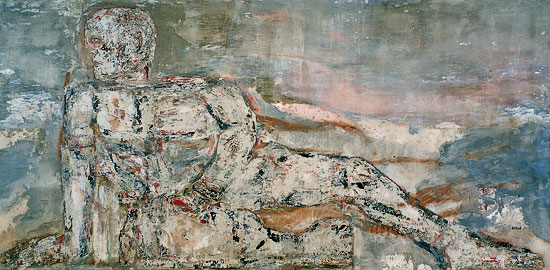
Leon Golub, Reclining Youth, 1959
A founding member of the Monster Roster, Golub witnessed gruesome scenes as a soldier in World War II, experiences he translated into his work. “This painting is meant to dominate you,” says Corbett of the 13-foot canvas, which he considers one of Golub’s masterpieces.
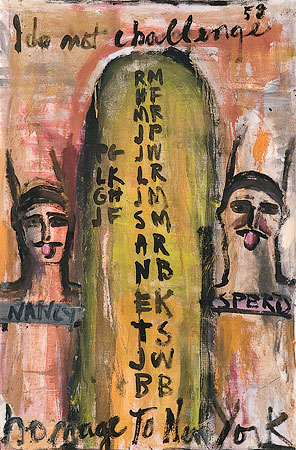
Nancy Spero, Homage to New York (I Do Not Challenge), 1958
One of only a few women in the Monster Roster, Spero “did not see herself as part of the macho boys’ club,” says Corbett. Here, she comments on the gender imbalance by painting a phallus scrawled with the initials of famed male artists.
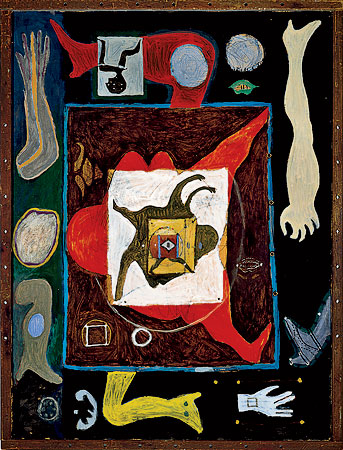
George Cohen, Emblem for an Unknown Nation #1, 1954
Corbett calls this one of the greatest paintings of the movement. “The title suggests the statelessness of that era and a questioning of national identity that’s both playful and scary.”
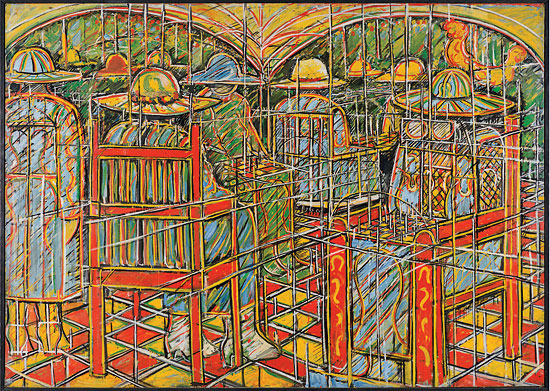
June Leaf, Arcade Women, 1956
A response to the rise of American suburbs, Leaf’s claustrophobic painting shows women packed tightly into a grid that captures “the stifling quality of planned communities,” says Corbett.
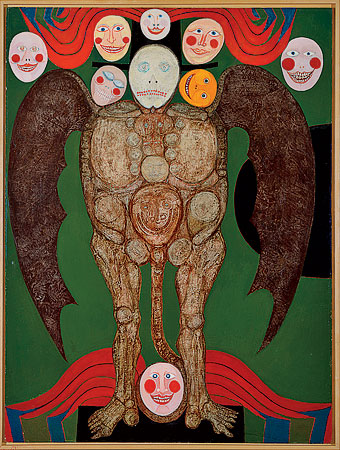
Theodore Halkin, Angel, 1953
“He was very impacted by cave art,” says Corbett of Halkin, who studied primitivism at the School of the Art Institute of Chicago. “He visited the Field Museum of Natural History to sketch ancient figurines.”


